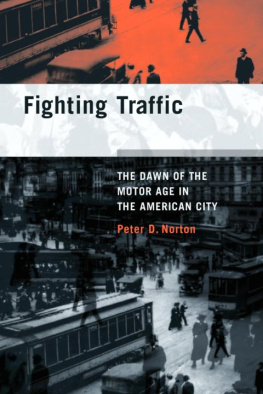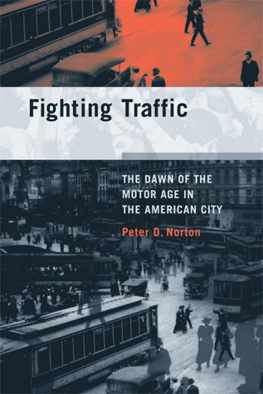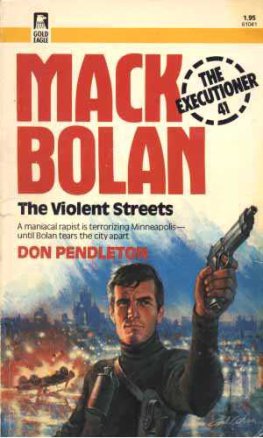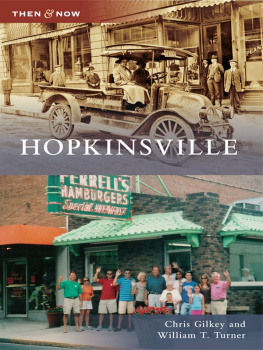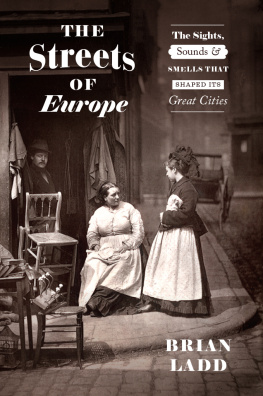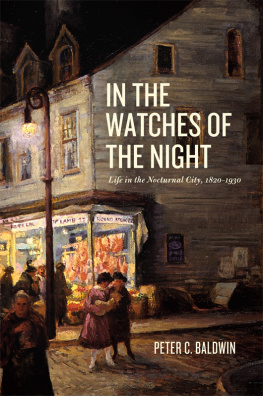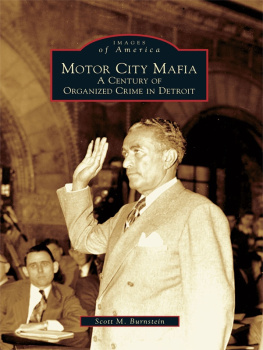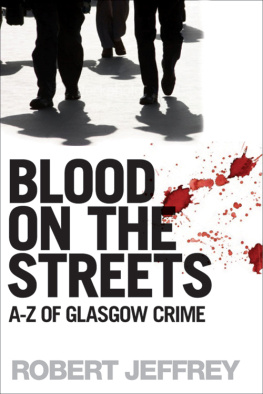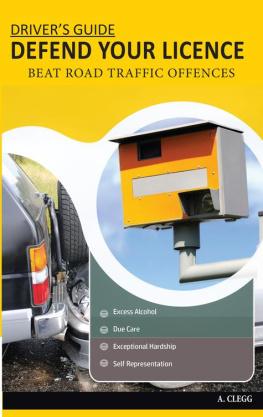Peter D. Norton - Fighting Traffic: The Dawn of the Motor Age in the American City
Here you can read online Peter D. Norton - Fighting Traffic: The Dawn of the Motor Age in the American City full text of the book (entire story) in english for free. Download pdf and epub, get meaning, cover and reviews about this ebook. year: 2008, publisher: The MIT Press, genre: Non-fiction. Description of the work, (preface) as well as reviews are available. Best literature library LitArk.com created for fans of good reading and offers a wide selection of genres:
Romance novel
Science fiction
Adventure
Detective
Science
History
Home and family
Prose
Art
Politics
Computer
Non-fiction
Religion
Business
Children
Humor
Choose a favorite category and find really read worthwhile books. Enjoy immersion in the world of imagination, feel the emotions of the characters or learn something new for yourself, make an fascinating discovery.
- Book:Fighting Traffic: The Dawn of the Motor Age in the American City
- Author:
- Publisher:The MIT Press
- Genre:
- Year:2008
- Rating:3 / 5
- Favourites:Add to favourites
- Your mark:
Fighting Traffic: The Dawn of the Motor Age in the American City: summary, description and annotation
We offer to read an annotation, description, summary or preface (depends on what the author of the book "Fighting Traffic: The Dawn of the Motor Age in the American City" wrote himself). If you haven't found the necessary information about the book — write in the comments, we will try to find it.
Before the advent of the automobile, users of city streets were diverse and included children at play and pedestrians at large. By 1930, most streets were primarily a motor thoroughfares where children did not belong and where pedestrians were condemned as jaywalkers. In Fighting Traffic, Peter Norton argues that to accommodate automobiles, the American city required not only a physical change but also a social one: before the city could be reconstructed for the sake of motorists, its streets had to be socially reconstructed as places where motorists belonged. It was not an evolution, he writes, but a bloody and sometimes violent revolution. Norton describes how street users struggled to define and redefine what streets were for. He examines developments in the crucial transitional years from the 1910s to the 1930s, uncovering a broad anti-automobile campaign that reviled motorists as road hogs or speed demons and cars as juggernauts or death cars. He considers the perspectives of all users--pedestrians, police (who had to become traffic cops), street railways, downtown businesses, traffic engineers (who often saw cars as the problem, not the solution), and automobile promoters. He finds that pedestrians and parents campaigned in moral terms, fighting for justice. Cities and downtown businesses tried to regulate traffic in the name of efficiency. Automotive interest groups, meanwhile, legitimized their claim to the streets by invoking freedom--a rhetorical stance of particular power in the United States. Fighting Traffic offers a new look at both the origins of the automotive city in America and how social groups shape technological change.Peter D. Norton is Assistant Professor in the Department of Science, Technology, and Society at the University of Virginia.
Peter D. Norton: author's other books
Who wrote Fighting Traffic: The Dawn of the Motor Age in the American City? Find out the surname, the name of the author of the book and a list of all author's works by series.

